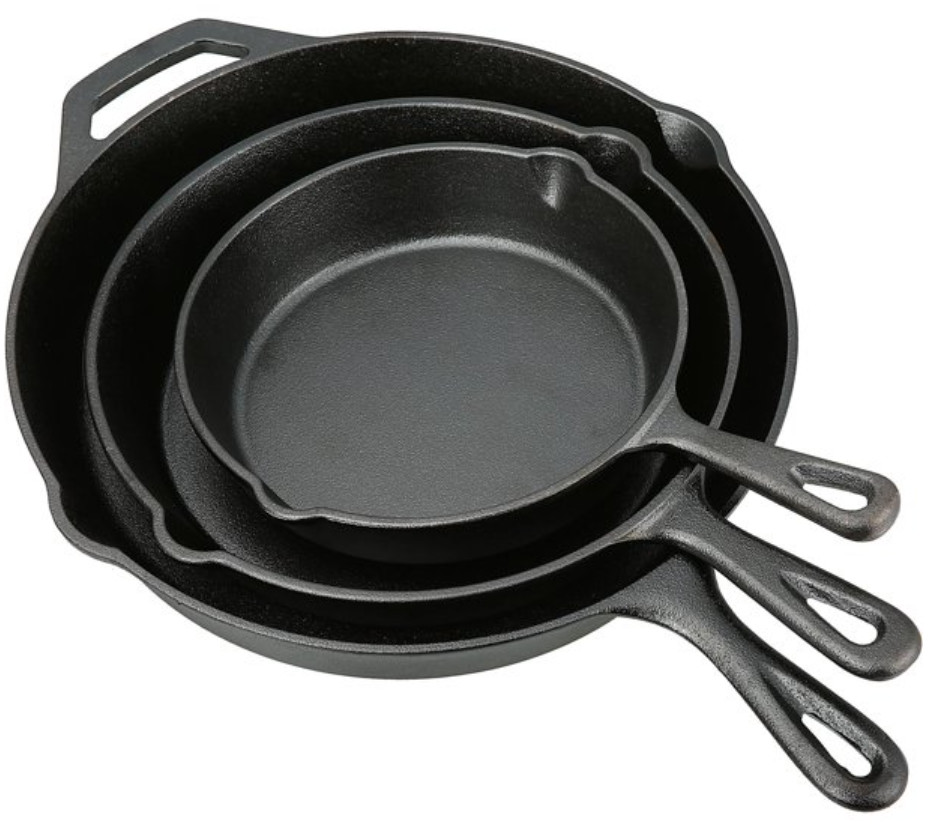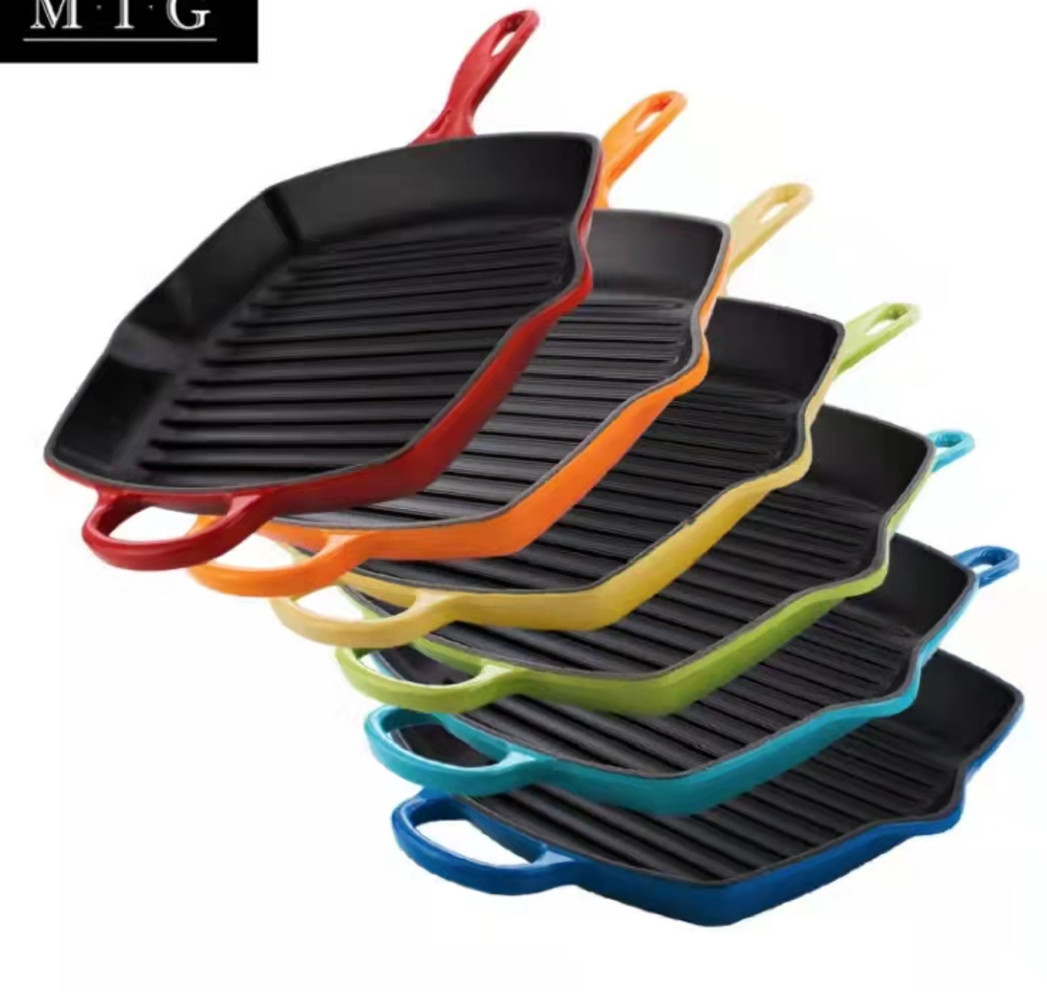- 150 m mod syd, West DingWei Road, Nanlou Village, Changan Town, GaoCheng Area, Shijiazhuang, Hebei, Kina
- monica@foundryasia.com
jun . 12, 2023 18:48 Tilbage til listen
HVAD ER STØBEJERNSKOGARE
Hvad er køkkengrej i støbejern:
Støbejerns kogegrej er kraftigt køkkengrej, som er lavet af støbejern og er værdsat for dets varmebevarelse, holdbarhed, evne til at blive brugt ved meget høje temperaturer og non-stick madlavning, når det er ordentligt krydret.
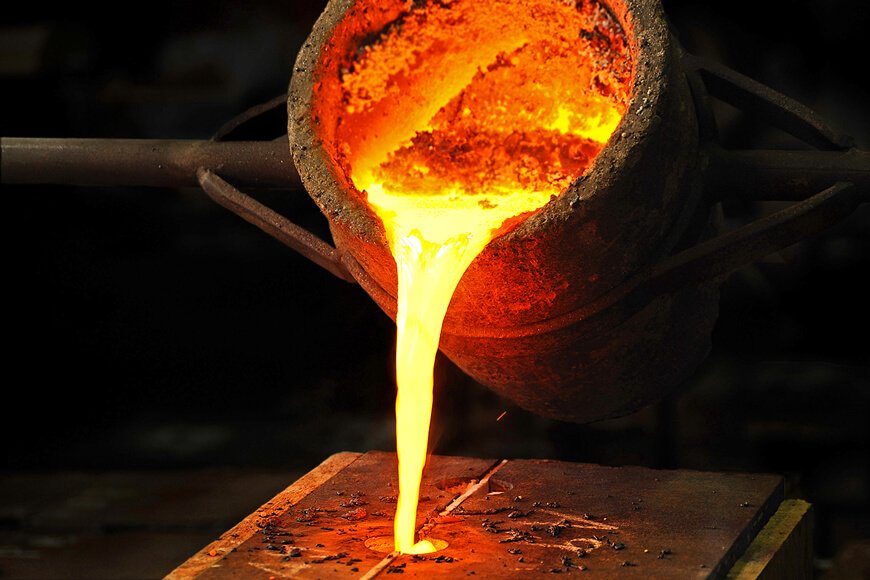
Historien om støbejerns køkkengrej
In Asia, particularly China, India, Korea and Japan, there is a long history of cooking with cast iron vessels. The first mention of a cast-iron kettle in English appeared in 679 or 680, though this wasn't the first use of metal vessels for cooking. The term pot came into use in 1180. Both terms referred to a vessel capable of withstanding the direct heat of a fire. Cast-iron cauldrons and cooking pots were valued as kitchen items for their durability and their ability to retain heat evenly, thus improving the quality of cooked meals.
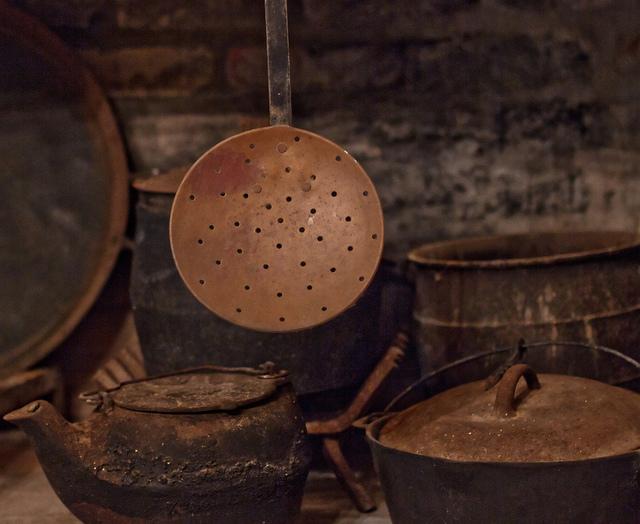
I Europa og USA, før introduktionen af køkkenkomfuret i midten af det 19. århundrede, blev måltider tilberedt i ildstedet, og gryder og pander var enten designet til brug i ildstedet eller til at blive ophængt i det.
Cast-iron pots were made with handles to allow them to be hung over a fire, or with legs so that they could stand in the coals. In addition to Dutch ovens with three or four feet, which Abraham Darby I secured a patent in 1708 to produce, a commonly used cast-iron cooking pan called a spider had a handle and three legs allowing it to stand upright over campfires as well as in the coals and ashes of a fireplace.
Kogegryder og pander med benløs, flad bund kom i brug, da kogeovne blev populære; i denne periode i slutningen af 1800-tallet blev lejligheden indført
cast-iron skillet.
Kogegrej af støbejern var især populær blandt hjemmegående i første halvdel af det 20. århundrede. Det var et billigt, men alligevel holdbart køkkengrej. De fleste amerikanske husstande havde mindst én støbejernsgryde.
Det 20. århundrede så også introduktionen og populariseringen af emaljebelagt støbejerns køkkengrej.
Today, of the large selection of cookware that can be purchased from kitchen suppliers, cast iron comprises only a small fraction. However, the durability and reliability of cast iron as a cooking tool has ensured its survival. Cast-iron pots and pans from the 19th and 20th century continue to see daily use to the present day. They are also highly sought after by antique collectors and dealers. Cast iron has also seen a resurgence of its popularity in specialty markets. Through cooking shows, celebrity chefs have brought renewed attention to traditional cooking methods, especially the use of cast iron.
Essentielle produkter
Typer af støbejerns køkkengrej omfatter stegepander, hollandske ovne, stegeplader, vaffeljern, paninipresse, frituregryder, wok, fondu og potjies.
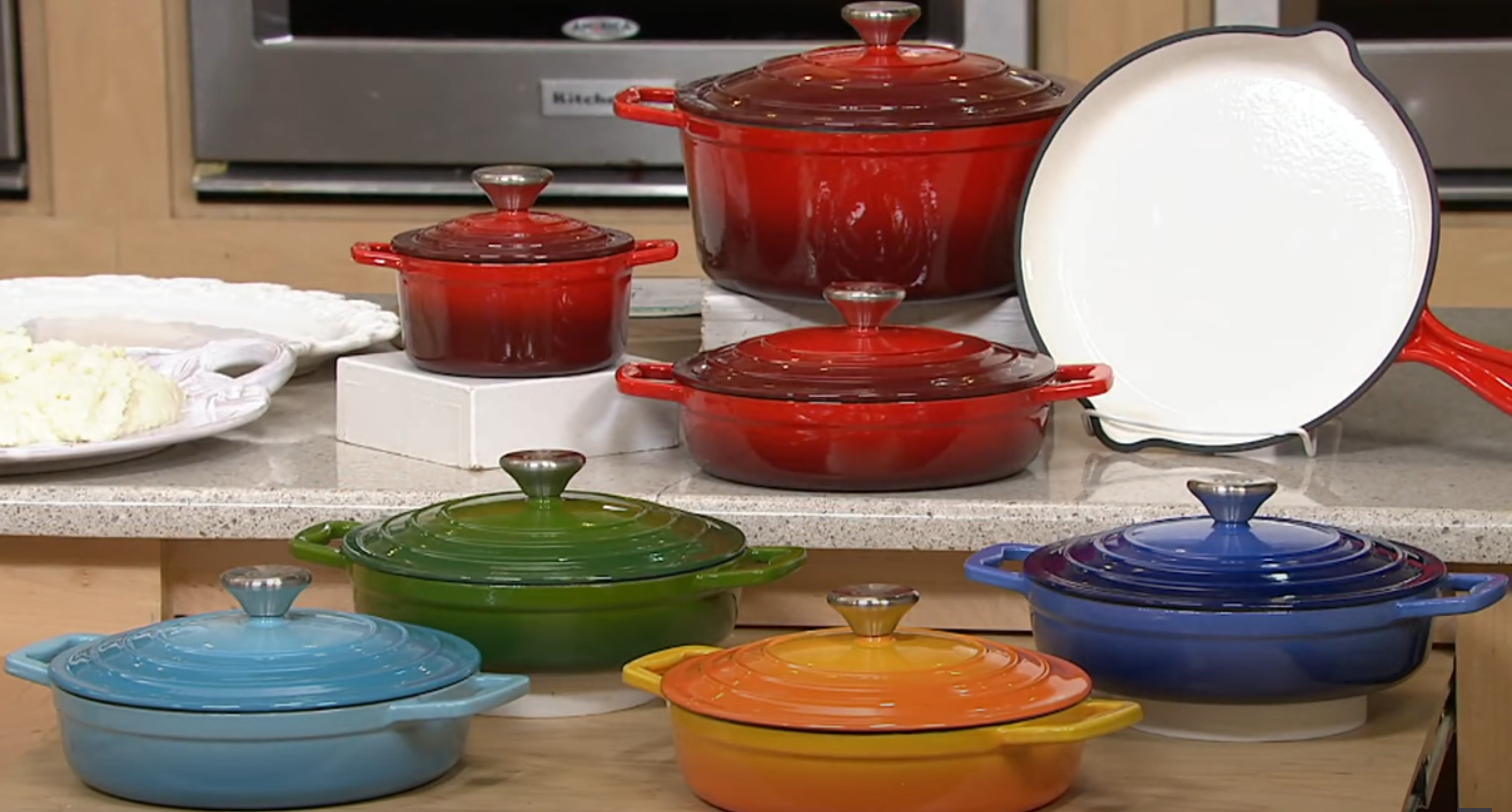
Fordele ved køkkengrej i støbejern
Cast iron's ability to withstand and maintain very high cooking temperatures makes it a common choice for searing or frying, and its excellent heat retention makes it a good option for long-cooking stews or braised dishes.
Because cast-iron skillets can develop a "non-stick" surface when cared for properly, they are excellent for frying potatoes or preparing stir-fries. Some cooks consider cast iron a good choice for egg dishes, while others feel the iron adds an off-flavor to eggs. Other uses of cast-iron pans include baking, for instance for making cornbread, cobblers and cakes.
Many recipes call for the use of a cast-iron skillet or pot, especially so that the dish can be initially seared or fried on the stovetop then transferred into the oven, pan and all, to finish baking. Likewise, cast-iron skillets can double as baking dishes. This differs from many other cooking pots, which have varying components that may be damaged by the excessive temperatures of 400 °F (204 °C) or more.
-
Product introduction of Changan Cast Iron Co., LTD
NyhederJan.24,2024
-
The Impact of the Leidenfrost Effect on Non-Stick Properties of Cast Iron Titanium Coated Cookware
NyhederJan.24,2024
-
Udforsk den kulinariske kløft - støbejernsgryderetter vs almindelige gryderetter
Nyheder03.01.2024
-
Emballageværksted omarrangeret med hylder og 3D-opbevaring til varer
Nyheder29. december 2023
-
Rengøring af en brugt støbejernsemaljepotte kan udføres effektivt med følgende trin:
Nyheder27. december 2023
-
Metallografisk struktur til emalje på støbejern
Nyheder27. december 2023
